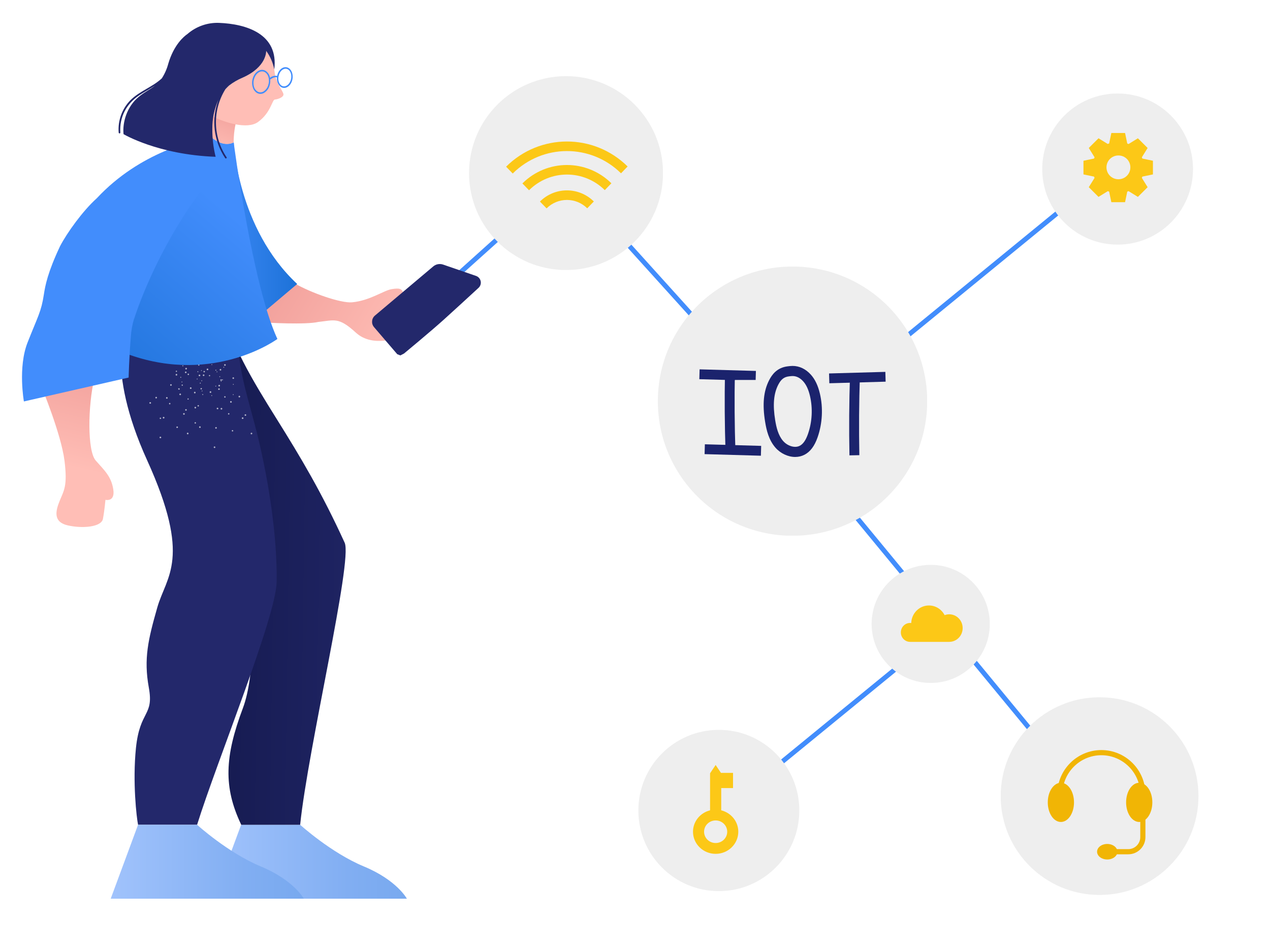
Connected World – Internet of Things
The Connected World refers to a global network of physical devices, vehicles, buildings, and other items embedded with sensors, software, and network connectivity, allowing them to collect and exchange data. Internet of Things (IoT) is a term used to describe this connected world, where everyday objects are connected to the internet and can communicate.
As of 2023, the number of IoT devices worldwide is estimated to be around 22.5 billion. This number is expected to increase in the coming years, with projections estimating that the number of IoT devices will reach over 75 billion by 2025.
The increasing availability of connected devices and sensors, the growing demand for smart homes and connected devices, and the rising adoption of IoT technology in various industries and applications drive the growth of IoT devices.
Importance of IoT in Modern World:
The Internet of Things (IoT) is a rapidly growing technology that has become an integral part of modern life. The importance of IoT lies in the fact that it enables seamless communication between devices, creating a more connected and automated world. This results in improved efficiency, increased productivity, and better decision-making capabilities. IoT can revolutionize various industries, including healthcare, transportation, manufacturing, and energy, by enabling real-time monitoring, predictive maintenance, and intelligent energy management. Additionally, IoT can enhance individuals’ quality of life by enabling smart homes, wearable devices, and healthcare devices that can improve safety, convenience, and health outcomes.
IoT can revolutionize various industries, including healthcare, transportation, manufacturing, and energy.

IoT Device Types:
IoT devices are physical objects equipped with sensors, software, and network connectivity, allowing them to collect and exchange data. Examples of IoT devices include:
- Smart Home Devices: Smart Thermostats, Smart Locks, Smart Lights, Smart Plugs, Smart Smoke Detectors, Smart Cameras, etc.
- Wearables: Fitness trackers, Smartwatches, Smart Glasses, etc.
- Industrial IoT Devices: Predictive Maintenance Sensors, Industrial Robotics, Smart Grid Management Systems, etc.
- Healthcare IoT Devices: Smart Pill Bottles, Telehealth Devices, Wearable Medical Devices, etc.
- Automotive IoT Devices: Connected Cars, Fleet Management Systems, Intelligent Transportation Systems, etc.
- Agriculture IoT Devices: Precision Agriculture Sensors, Livestock Monitoring Systems, Weather Stations, etc.
- Environmental IoT Devices: Smart Waste Management Systems, Air Quality Monitors, Water Quality Sensors, etc.
- Retail IoT Devices: Smart Shelves, Inventory Management Systems, Customer Experience Tracking, etc.
IoT Networks
IoT devices are connected via these networks:
- LoRaWAN: A long-range, low-power wireless communication technology designed for IoT devices.
- Wi-Fi: A local wireless network used to connect devices to the internet.
- 3GPP NB-IoT (cellular): Devices can use Narrow-band IoT (NB-IoT) implemented in cellular networks (e.g., 4G, 5G) for broader-range communication.
- Bluetooth: A short-range wireless communication technology used to connect devices.
- Zigbee: A low-power, low-data rate wireless communication technology for IoT devices.
- Ethernet: Devices can be connected to an Ethernet network for stable, high-speed internet access.
IoT Applications:
The Internet of Things (IoT) has a wide range of applications that improve efficiency, safety, and convenience in various industries.
- Smart homes and building automation: Allows remote controlling and monitoring of home appliances, lighting, temperature, security, etc., through a smartphone or other device.
- Wearable technology: Devices such as smartwatches, fitness trackers, and health monitors that collect data about a user’s activity, health, and environment.
- Industrial IoT and Predictive Maintenance: IoT devices in industrial settings monitor equipment performance and predict potential failures, allowing for proactive maintenance and improved efficiency.
- Connected cars and transportation systems: Integrating IoT technologies in vehicles to improve safety, reduce emissions, and enhance the driving experience.
- Healthcare and fitness devices: IoT-enabled devices that help monitor and manage personal health, wellness, and fitness.
- Agricultural IoT and precision farming: The use of IoT devices to collect data on soil, weather, and crop conditions to improve farming efficiency and reduce waste.
- Environmental monitoring: The use of IoT sensors to monitor and track ecological factors such as air quality, water quality, and wildlife populations.
- Retail and Supply Chain Management: The use of IoT devices to track products, optimize supply chain processes, and improve customer experience in the retail industry.
- Energy management systems: The use of IoT devices to monitor and control energy usage in homes and buildings, reducing waste and costs.
- Security and Surveillance systems: The use of IoT devices such as cameras, sensors, and alarms to enhance the security of homes, buildings, and other critical infrastructure.
IoT devices can use 3GPP Narrow-band IoT (NB-IoT) implemented in cellular networks (e.g., 4G, 5G) for broader-range communication.
Advancements in IoT:
IoT technology has seen significant advancements in recent years, with an increasing number of connected devices being used in various industries such as:
- Artificial Intelligence and Machine Learning: Integrating AI and ML technologies in IoT devices enhances the functionality and improves decision-making processes.
- Edge Computing: The processing of IoT data at the network’s edge, reducing latency and increasing efficiency.
- 5G Networks: The rollout of 5G networks and their integration with IoT devices to provide faster and more reliable connectivity.
- Security and Privacy: The development of more secure and privacy-enhancing technologies such as blockchain, secure element chips, and encryption.
- Miniaturization and Integration: The miniaturization and integration of IoT devices and components leading to smaller, more compact, and cost-effective solutions.
- New Sensors and Actuators: The development of new sensors and actuators with improved accuracy, reliability, and efficiency.
- Wearable Technology: The growth of wearable technology and the development of new form factors for IoT devices.
- Cloud Computing and Data Analytics: The use of cloud computing and big data analytics technologies to process and analyze IoT data.
- Interoperability: The development of new standards and protocols for IoT devices to enhance their interoperability and compatibility.
- Autonomous Devices and Robotics: The development of autonomous devices and robots that can operate without human intervention and respond to real-time data from IoT sensors.
Challenges in IoT:
The Internet of Things (IoT) faces several challenges, such as security and privacy, interoperability, scalability, reliability, and standardization.
- Security and Privacy: Protecting sensitive data from cyberattacks and unauthorized access.
- Interoperability: Ensuring compatibility and communication between different IoT devices and systems.
- Scalability: The ability to handle many connected devices and their data.
- Reliability and Availability: Ensuring IoT systems are robust, secure, and continuously available.
- Network Connectivity: Providing reliable and low-latency network connectivity for IoT devices, especially in remote or low-coverage areas.
- Data Management: Effective storage, processing, and analysis of the vast amounts of data generated by IoT devices.
- Standardization: Establishing common standards for IoT devices and systems to ensure interoperability and compatibility.
- Integration with existing systems: Integrating IoT systems with existing IT infrastructure and business processes.
- Device and Component Cost: The machines and components required for an IoT solution can be high.
- Regulation and Compliance: Ensuring IoT solutions comply with relevant laws and regulations regarding privacy, security, and data protection.
The rollout of 5G networks and their integration with IoT devices can provide faster and more reliable connectivity.
How We Support IoT
Our expertise in 3GPP’s low-band & mid-band NB-IoT solutions on 4G & 5G networks, both in-band and out-band, is helping telecom operators to plan, introduce, monitor and optimize IoT service.
We plan NB-IoT Networks for both 4G, 5G networks using world’s leading planning platforms.
We perform on-field testing to gauge IoT performance
We offer training programs to help individuals and organizations understand the benefits and challenges of IoT technology.
We implement, manage RAN configuration for the introduction of NB-IoT
We monitor, analyse and improve IoT services for our clients.
We’re developing a cloud-based big-data analytics platform to handle, analyse the vast amounts of data generated by IoT devices.
Interested To Know More?
Reach out to us to learn more about our products, services & solutions.

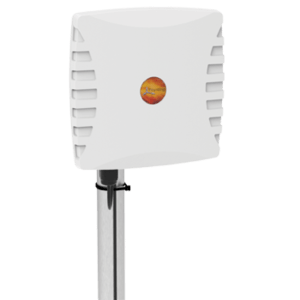

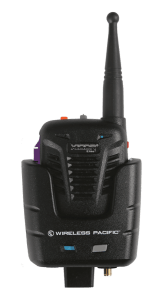
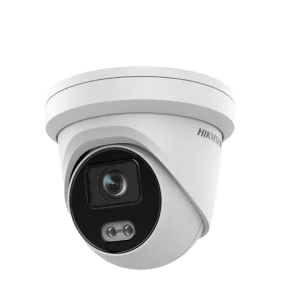

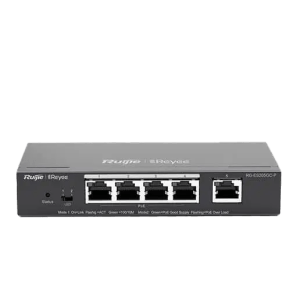

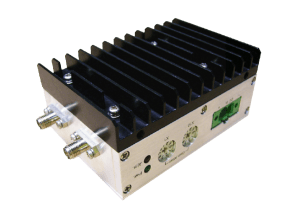

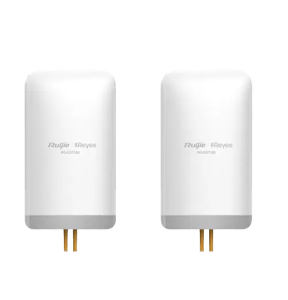
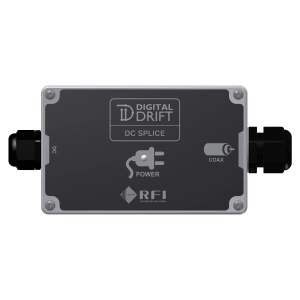




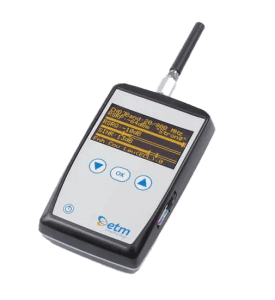



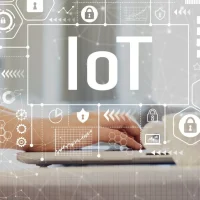
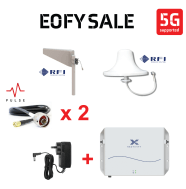



You must be logged in to post a comment.